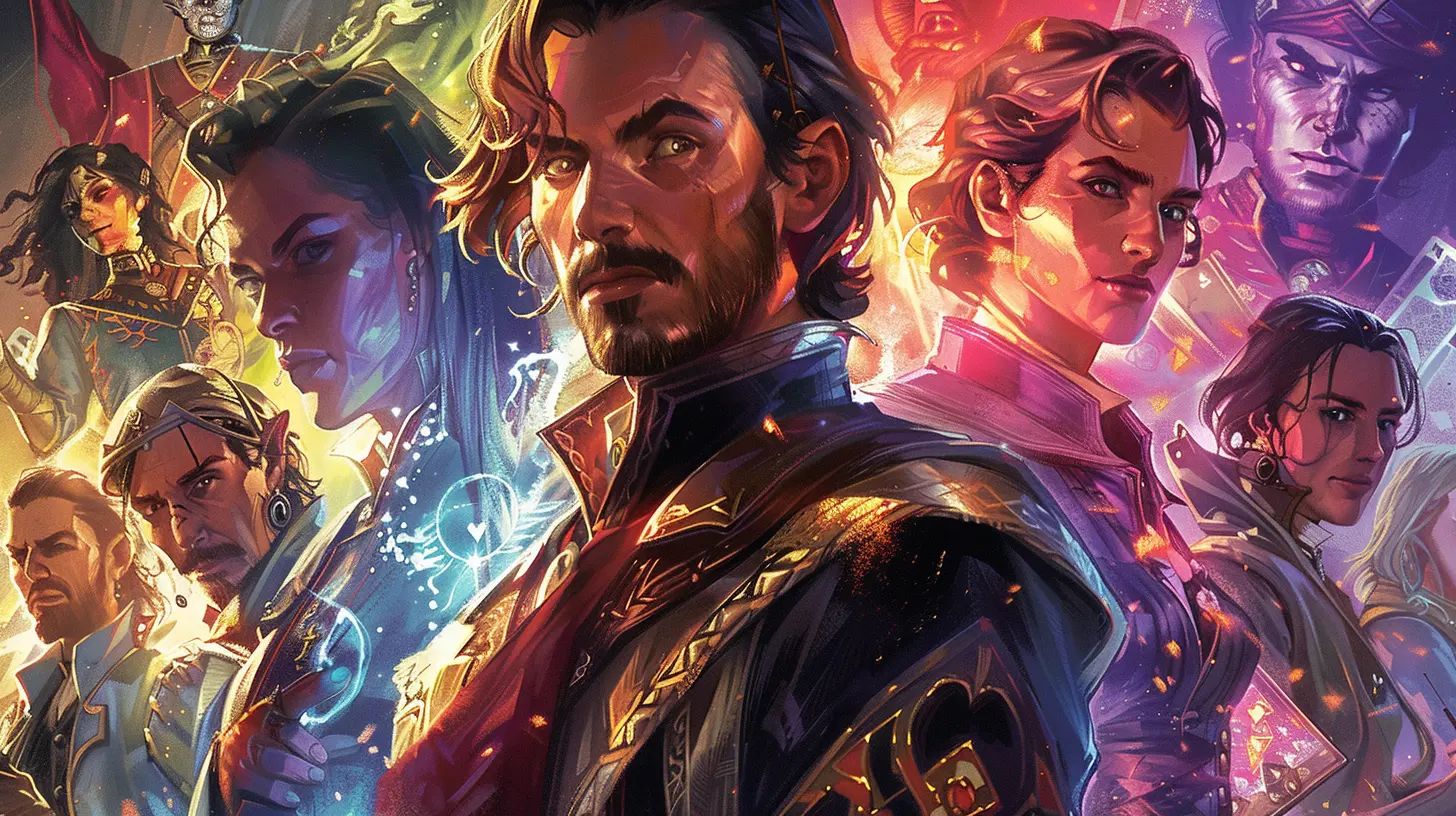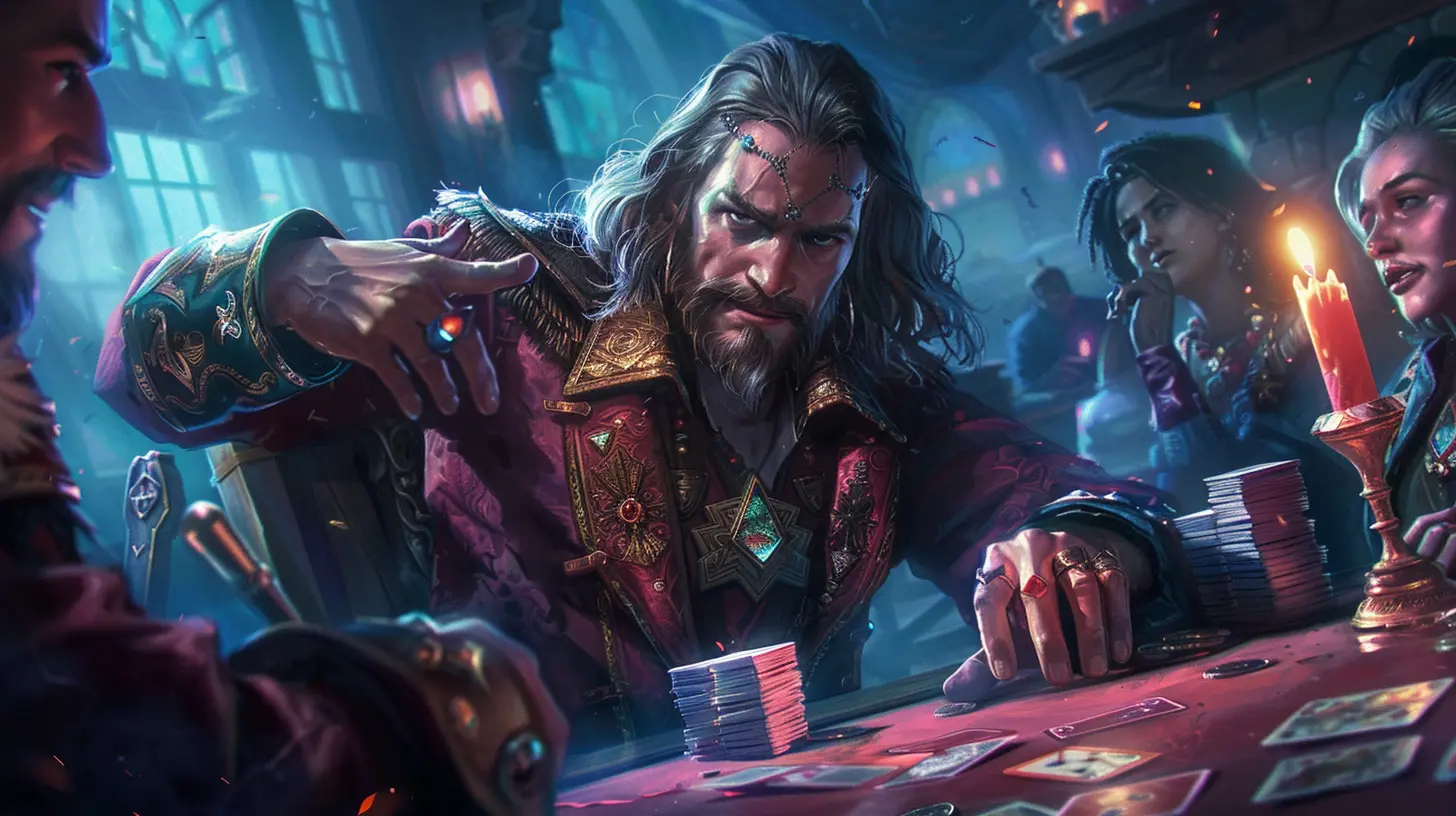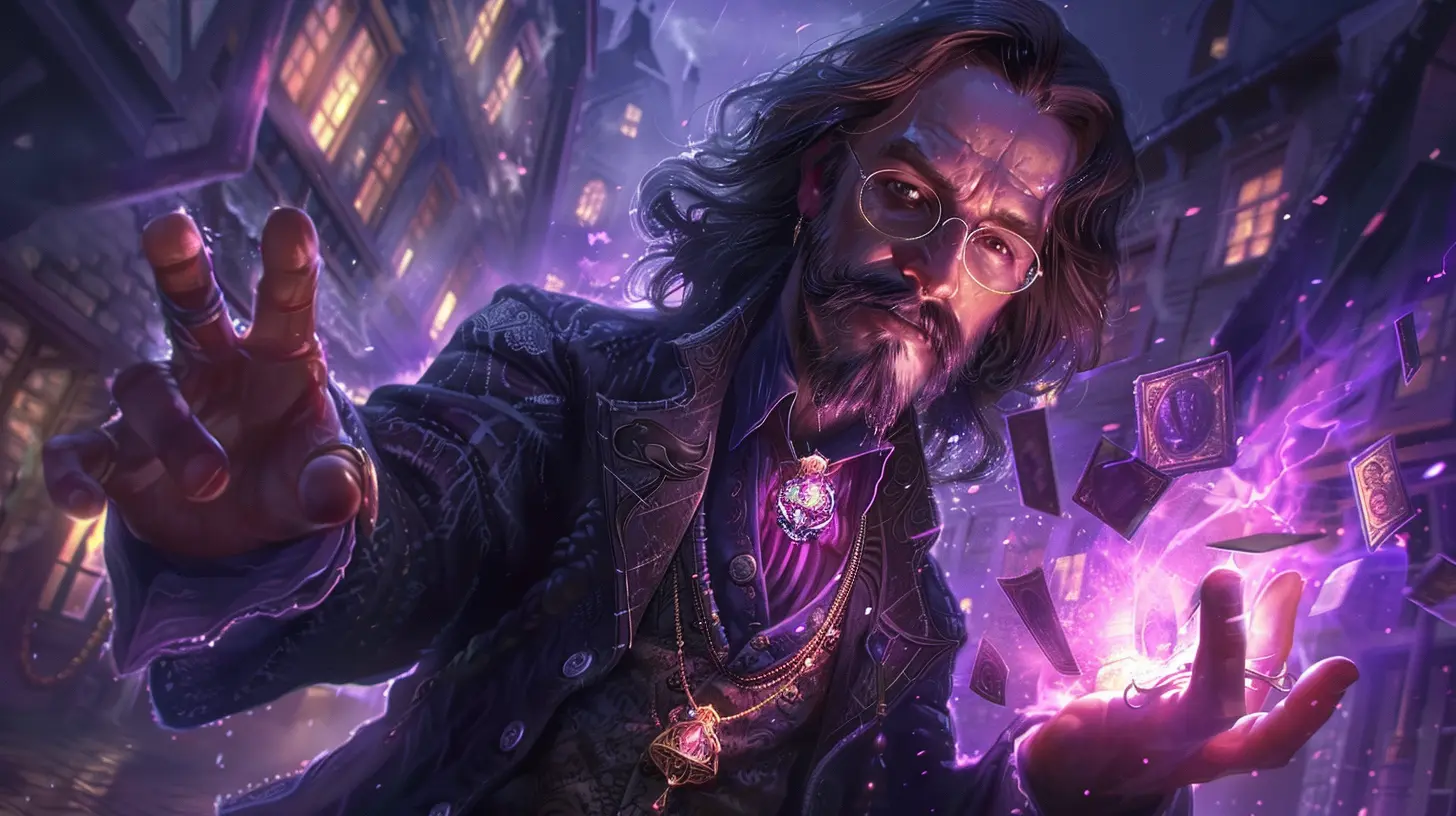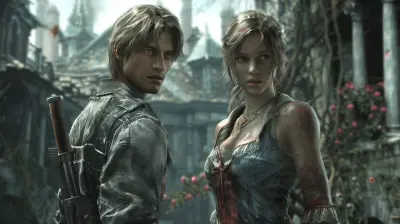The Evolution of Card Games: From Paper to Digital
30 May 2025
Card games—they’ve been around forever, haven’t they? From shuffling decks around the kitchen table to tapping screens in online lobbies, card games have come a long way. Whether you’re a fan of classics like Poker, obsessed with Magic: The Gathering, or spending hours on Hearthstone, you're part of a journey that spans centuries. It’s crazy to think about how something as simple as a deck of cards has turned into a digital empire. Let’s dive into how card games evolved from being small, hand-painted works of art to becoming a booming billion-dollar industry in the digital world.
The Humble Beginnings: Where It All Started
Believe it or not, card games have been around since ancient times. Historians believe playing cards originated in China during the Tang Dynasty (around the 9th century). Back then, the concept of playing cards wasn’t exactly the same as we know it today. They were more like a hybrid of cards and board games, featuring numbered symbols and illustrations.From China, the idea spread like wildfire to India, Persia, and eventually Europe. By the 14th century, European card games were the talk of the town. But here’s the kicker—these early decks weren’t mass-produced. Every card was meticulously hand-painted, making a single deck more of a luxury item than something you’d toss onto the coffee table during game night.

The Rise of Standardized Decks
Fast forward to the 15th century, and we see the beginnings of the standardized deck of cards. Thanks to the invention of the printing press, producing playing cards became a lot cheaper and more efficient. This is also when the four suits we know today—hearts, diamonds, clubs, and spades—became a thing.The symbolism of these suits? It varies depending on who you ask. Some say they represent medieval social classes (spades for the military, hearts for the clergy, etc.), while others think the designs were just practical. Either way, this standardization turned cards into an accessible pastime for both the wealthy and the working class. Suddenly, card games weren’t just for kings and nobles; they became a form of entertainment for everyone.
Card Games as a Social Experience
Let’s face it—part of the magic of card games is that they bring people together. Whether it’s family game night or a high-stakes Poker tournament, there’s something inherently social about sitting around a table and trading banter while playing a game. Classics like Bridge, Rummy, and Solitaire dominated living rooms throughout the 18th and 19th centuries.But these games weren’t just about fun. They were also tools for strategy, bluffing, and psychology. Ever played Poker? Then you know it’s not just about the cards in your hand—it’s about reading your opponents and making the right moves at the right time. In other words, card games became more than a pastime; they became mental battles.
The Birth of Collectible Card Games (CCGs)
The 1990s were a game-changer (pun totally intended) for card games. In 1993, Magic: The Gathering (MTG) came onto the scene and completely reshaped the way we think about cards. For the first time, we had a card game that wasn’t just about dealing a standard 52-card deck. It was a collectible card game where players could build their own decks, mixing strategy and customization.Building your deck? That’s the kind of freedom that made MTG an instant hit. Players weren’t just following a set of predefined rules; they were creating their own strategies. Plus, the concept of "rare cards" gave the game an almost treasure-hunting vibe, with players chasing after shiny holographic cards like they were diamonds.
The Leap to Digital: Card Games Go Online
Up until the late 1990s, card games were strictly analog—you needed a physical deck of cards and a real-life opponent. Then came the internet. Online card games like Pogo and Yahoo! Games gave players a way to compete against friends (or complete strangers) no matter where they were. Remember the thrill of playing Hearts or Spades on your ancient Windows PC? Yeah, that was the beginning.Digital games didn’t just replicate traditional card games; they started creating entirely new experiences. Enter Hearthstone (2014), Blizzard Entertainment’s masterpiece. Hearthstone wasn’t just a digital version of MTG—it simplified the mechanics, added quirky animations, and appealed to a broader audience. Suddenly, you didn’t need to know the difference between mana and mana crystals to dive into the world of digital card gaming.
The Rise of Mobile Card Games
When smartphones became a thing, card games exploded on mobile. Why? Because they’re perfect for bite-sized gameplay. Waiting in line at the coffee shop? Pull out your phone and finish a quick Solitaire game. Commuting home on the train? Fire up Clash Royale.Games like Gwent, Legends of Runeterra, and Yu-Gi-Oh! Duel Links took digital card gaming to the next level by incorporating rich storylines, competitive ranked modes, and in-app purchases for card packs. The best part? Developers could constantly update the games, adding new cards and features, which kept players coming back for more.
Why Card Games Thrive in the Digital Era
You’d think the digital revolution would make physical cards obsolete, right? Wrong. If anything, the rise of digital card games has revitalized interest in their physical counterparts. Here’s why:1. Accessibility: Digital games lower the barrier to entry. You don’t need to buy or shuffle a deck—just download the app and start playing.
2. Global Communities: Digital platforms let players connect with others from around the world. You can duel someone in Japan while sitting on your couch in New York—how cool is that?
3. Innovation: The digital space allows for mechanics that would be impossible with physical cards. Think about it: Randomized effects, fully animated cards, or AI-controlled opponents—the possibilities are endless.
The Future of Card Games: What’s Next?
So, what does the future hold for card games? If history has taught us anything, it’s that this genre is always evolving. We’re already seeing innovations like blockchain-based card games where players truly own their digital assets. Games like Gods Unchained are pioneering this space, allowing players to buy, sell, and trade their digital cards like they would in the physical world.And with the rise of AR (Augmented Reality) and VR (Virtual Reality), we might soon see card games leap off our screens entirely. Imagine putting on a pair of AR glasses and playing a holographic version of MTG on your dining table. Sounds like something out of a sci-fi movie, right? But it’s closer than you think.
Wrapping It Up
Card games may have started as simple pieces of painted paper, but they’ve grown into so much more. From fostering social connections to creating billion-dollar industries, they have an undeniable charm and adaptability that’s stood the test of time. Whether you’re stacking matching suits in Solitaire or battling dragons in a digital arena, one thing’s for sure—card games aren’t going anywhere.So, the next time you shuffle a deck or swipe through your card library on an app, take a moment to appreciate how far these games have come. Who knows where the next evolution will take us?
all images in this post were generated using AI tools
Category:
Card GamesAuthor:

Brianna Reyes
Discussion
rate this article
2 comments
Nyx Sanders
Card games seamlessly blend tradition with innovation, reflecting our evolving social interactions and technology.
June 4, 2025 at 3:10 AM

Brianna Reyes
Thank you! I'm glad you appreciate how card games adapt and thrive through both tradition and modernity.
Preston McTiernan
The transition of card games from paper to digital platforms has revolutionized gameplay and accessibility. This evolution has not only broadened the audience but has also introduced innovative mechanics, enabling developers to create immersive experiences. As technology advances, the future of card games looks promising and filled with potential for further innovation.
June 2, 2025 at 3:50 AM

Brianna Reyes
Thank you for your insightful comment! I completely agree—digital platforms have indeed transformed card games, making them more accessible and innovative. Exciting times lie ahead for the genre!


